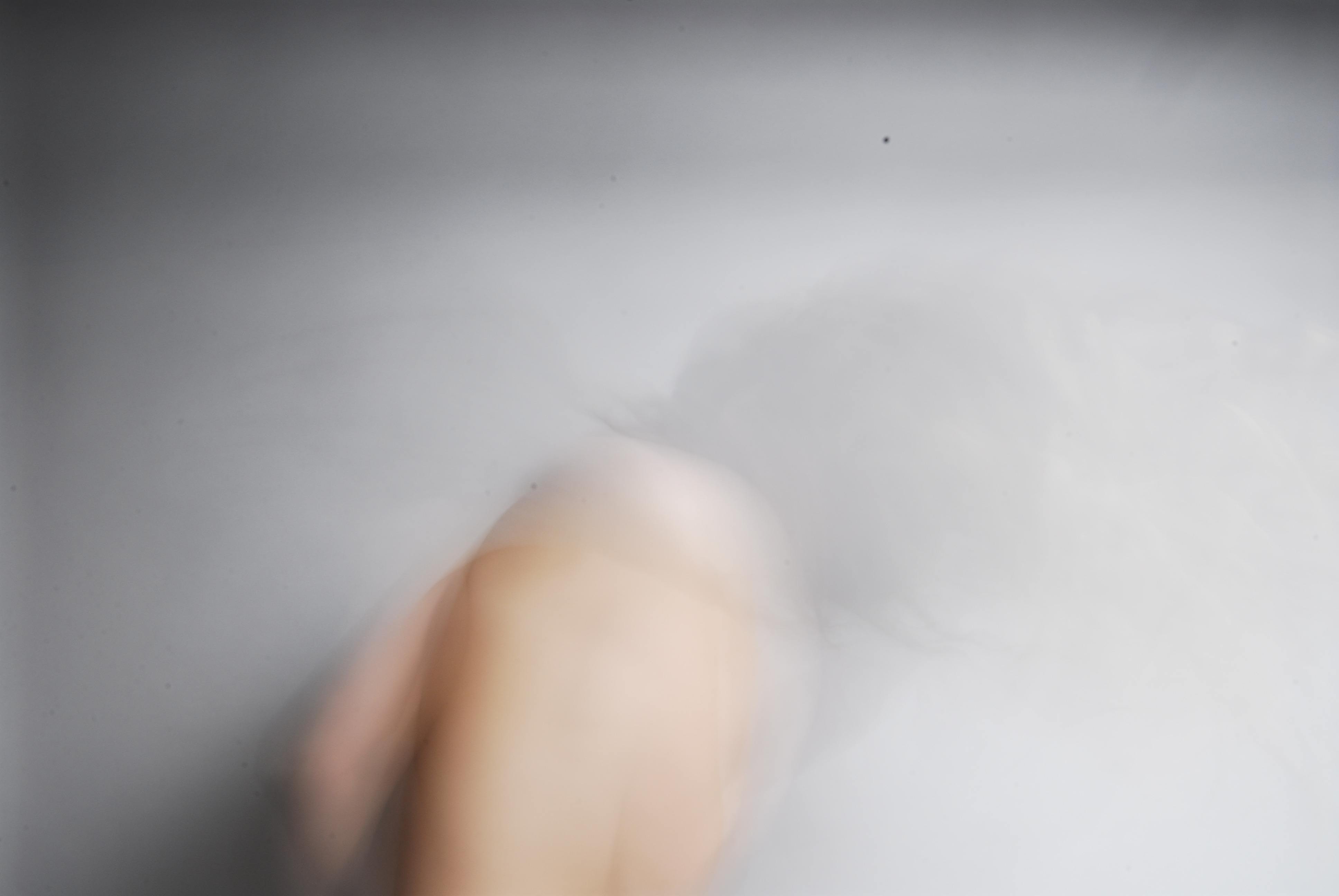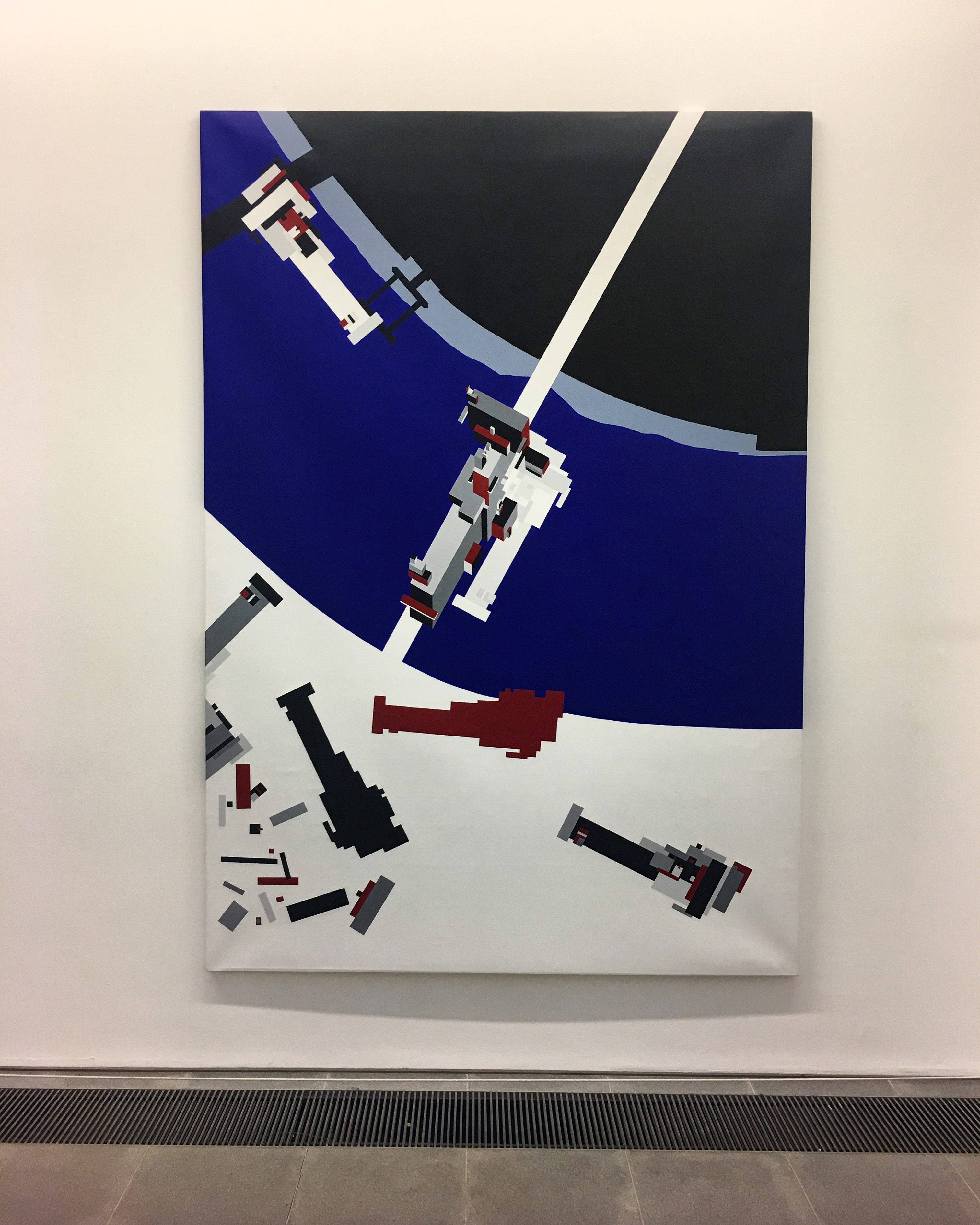
Name: Niamh McAnenny
DOB: October 1994
Place of Birth: Strabane, Northern Ireland
Occupation: 3rd Year Fine Art Student at Manchester School of Art
As I am still at university I am always learning from my tutors and students around me. The research I gather plays a key role in developing my conceptual understanding which in turn reflects my artwork. My practice is specialised in various media including drawing, painting, still imagery and minimalist sculpture. My current work coincides obscure melodies depicting ‘the other self’. The symbolism behind the idea is inherited through the mental state of an individual/s. I gather research of any kind to source broad understanding and acknowledgment of any artist, author or philosopher. Carl Jung has had a great impact on my thinking process as a developing artist. Studying Jung’s concept on individualisation has broadened the conceptualisation trait, which is a significant value as a young artist.

I express myself visually through art. My mind and technique coincide off one another, yet results can sometimes differ. My usual ethic inside the studio is to begin fast sketching to gain incentive to push the creative process. My drawings demonstrate the best of my ability. And what I would like to accomplish in the future is to build, expand and dispute their forms, to challenge the arrangement and manufacture broad narrative. I cultivate the material directly rather than plan an incentive. For instance, I experiment with a material and build upon its track, almost letting it work itself. I feel as if my previous work has become significantly freer. Strong lines appear and begin to transform into new lines.


Throughout my practice I’ve been studying the works of Nava Waxman and Yves Klein. Both of which are very expressive in how they interpret their visions with the use of their physical movement. Waxman and Klein have heavily induced my most recent work, with repetitions of my limbs being used as tools in alliance with the material. The objective of these artworks is to establish a sense of visual movement while focusing on alteration and transfiguration of the human form in detachment. This stems from my physical, spiritual and emotional body and my life experiences that resonate and juxtapose with realism.


I am very visually led. I like to work with the materials directly rather than a narrative to follow. My liking to connect with a smooth piece of chalk yet impose on it with a harsh manner is somewhat a subjective and unintentional infringement on the contextual end of my practice. Now in my final year of my BA Fine Art, I am challenging how far I can push my psychological boundaries in tie with my work.

As part of my Art & Audience Project I had to get together with other students and assemble an exhibition. This was an experience non-the-less as very few of us where put in that sort of position, but it was without doubt one of the most memorable experiences I’ve had. The pieces I involved were A2 sized charcoal drawings and a figurative plaster model painted in acrylic black. The sculpture is a representation of both drawings held above, as were the 2D pieces where a representation of the ‘alter ego’. Again this past work has a strong connection with what I am currently working on.

©Niamh McAnenny












